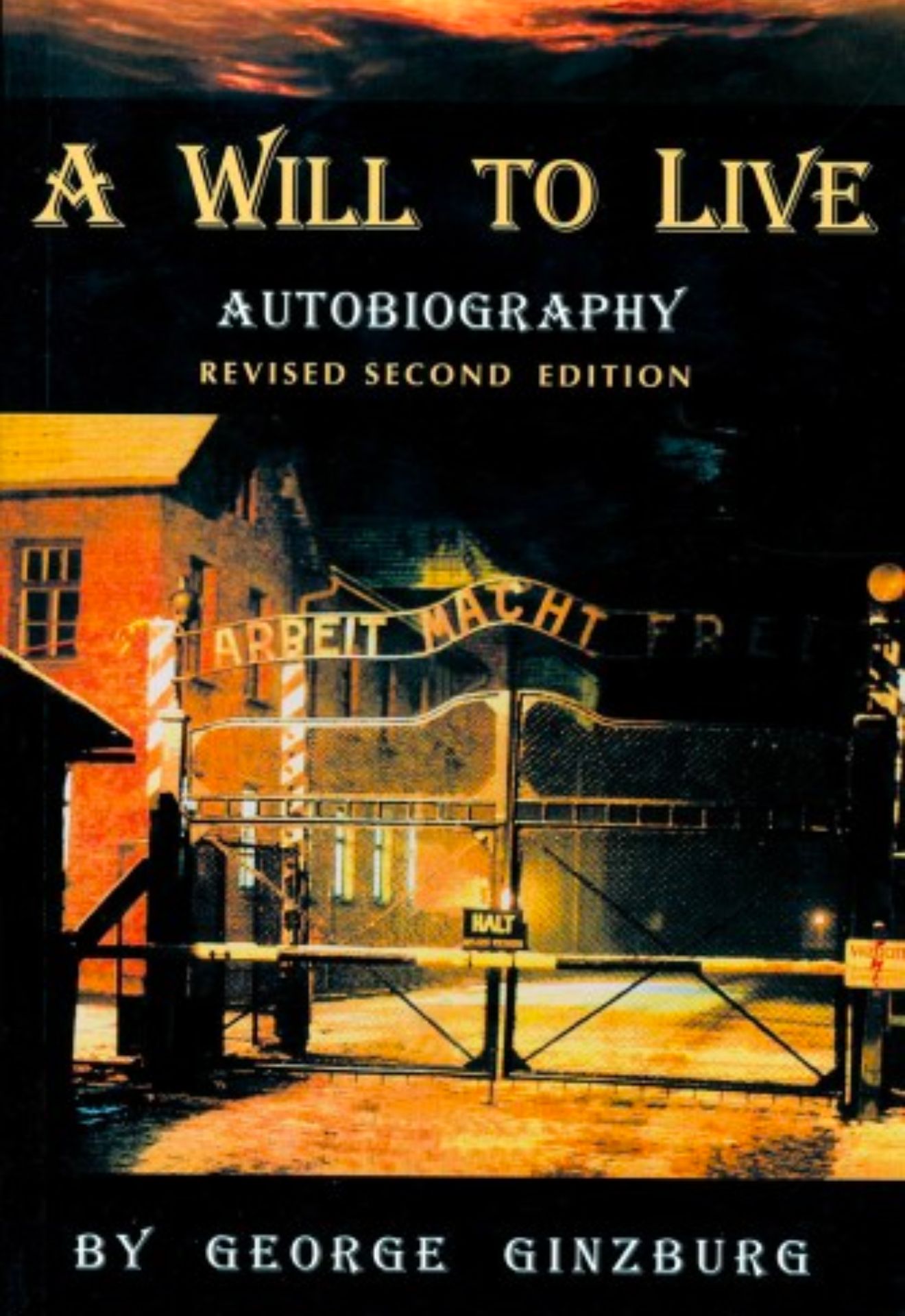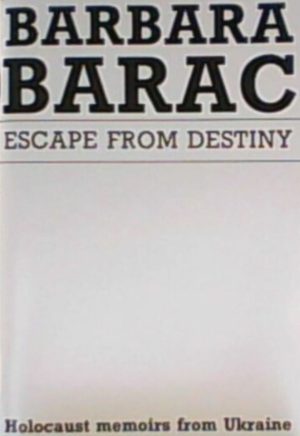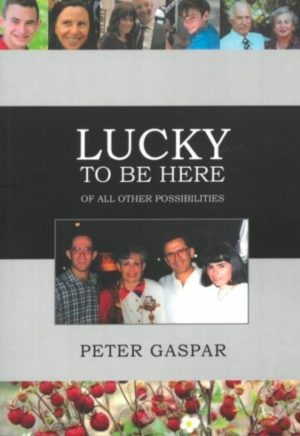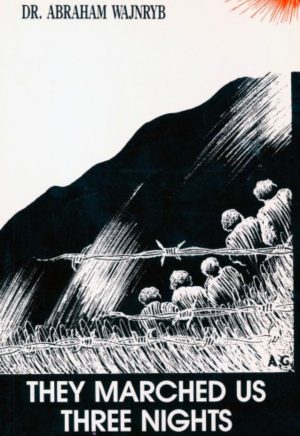A Will to Live: Autobiography
George GINZBURG
About this book
Product details
Category
Survivor Biographies
Publisher
Makor Jewish Community Library
Published
2010
ISBN
9780980327403, 9780980327410
Country
Australia
Pages
402




